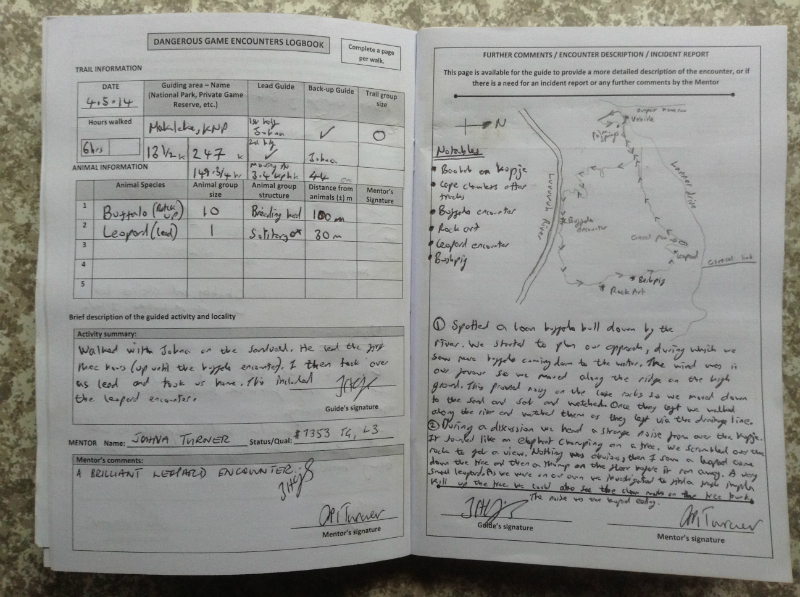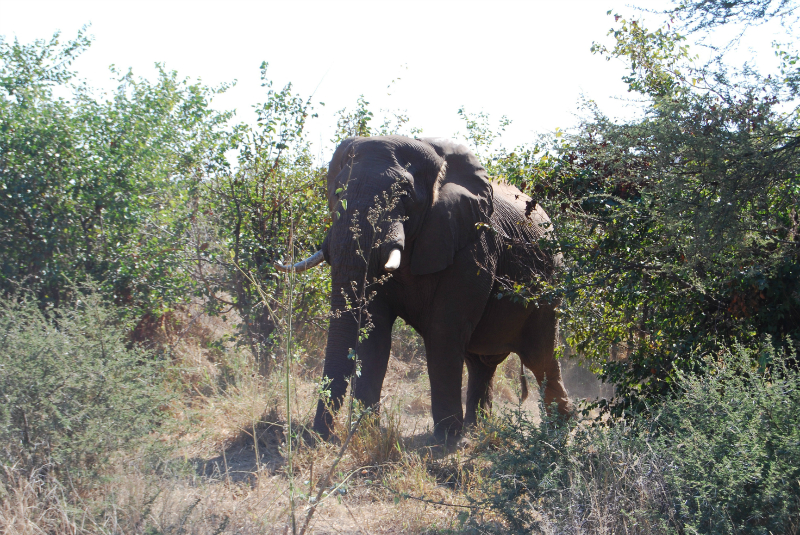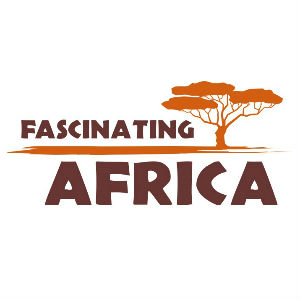Anyone embarking on a safari guide training course should think carefully about what technology to bring and what to leave behind.
I had a host of little gadgets. This included everything from a fold out solar panel to a hand held video recorder. Some of these were incredibly beneficial, others were no more use than a fifty metre head start when running away from a lion. I say no use given that a lion can cover 22.2 metres in just one second.
So that you don’t end up carting half of Dixon’s around the world here are my successes and failures when it came to packing the tech for the bush.
SUCCESSES
iPad mini and Logitech keyboard
This was the perfect size for popping in a backpack. It allowed me to write my blog, upload and download emails when in signal, store my photographs, watch downloaded documentaries and use the Roberts bird APP. In my opinion far better than a bulky laptop. The only downside being that I didn’t have enough memory on it. Go as big as you possibly can, a year full of photographs soon uses up the GigaBytes.
Wifi dongle
To keep connected to the outside world this was a godsend. It meant that whenever we did a phone run I would simply turn it on and all my devices paired with it would upload and download. If I were to do the whole thing again I would do without the dongle but instead have a smart phone which was unblocked. I’d use it to create my own wifi hotspot for my various devices. Choose MTN rather than Vodacom as they have more coverage in the bush.
iPhone
The camera is getting better and better. I used mine many a time to take fun shots for the memories plus photos of tracks and signs. APPs are also useful, whether its for writing the blog, playing a bird call or reading a book. A protective case is important as it will get knocked about on trail. Ideally you don’t want it to work as a phone, if it does stick it on aeroplane mode and resist the temptation of sliding it on. Enjoy the disconnection from the outside world.
Head torch
Most days you’ll be up before the sun and to bed after it. With that in mind you would be fool hardy to leave this piece of equipment behind. Try and get a head torch with a red filter that can be slid into place. Such a light is less intrusive to man and beast.
Torch
Almost as important as the head torch is its hand-held cousin. A descent torch can be used to scan for eyes when walking back through the campsite at night. Don’t go overboard in size, compact ones are better for packing and are powerful enough.
Rechargeable batteries and recharger
All this torch-ware can go through the batteries. I tried to get all my technology to use the same size of battery which meant that I could have a constant cycle of batteries on charge.
SD card adaptor for iPad mini
Served the purpose perfectly of downloading photographs and video cards from various cameras.
Camera trap
I bought this after my first month. I’d set it up outside my tent and on trails to see what was going bump in the night. Once I’d deleted all images of fellow students pulling moonies it was great fun. I caught all sorts going about their business: hyena, baboon, leopard, elephant, hippo, porcupine, bush pig….
FAILS
Solar panel
According to the spiel on the box this was going to be perfect for my needs. In the end I couldn’t get it to work. Regardless there was plenty of opportunities to charge my technology when the camp generator came on. Leave it behind.
Handheld video recorder
This was surplus to requirements given that I had an iPhone. I’m not even sure I got any video from it before I misplaced when in the field one day.
SLR with zoom
My Nikon and 70mm to 300mm zoom was great for drives but impractical for the walks. It was also bulky for lumping from camp to camp. Spending money on a descent compact or bridge camera would have been rewarding.
A cheap Gorilla style tripod
Buying replicas never seems to work. Anyhow, even if it had I don’t think I would have used it enough to justify the space in my bags.
Small electric lantern (with a lot of big batteries)
This was to act as my tent-house lights. It was rubbish, took up too much space and couldn’t compare to my head-torch.
GPS
Was the GPS a fail? A tough call as I loved it but it did make me lazy about my orientation. What it was great for was recording my log book stats such as hours and km walked each day. If I were to do it all again I would take a GPS running watch. It can record the information but it won’t replace the need to remember where the user left the Landy.
Kindle
It didn’t take me long to realise that I didn’t need a Kindle. Not because I wasn’t reading. Far from it, I was reading non-stop. It was more a case of what I was reading, text book after text book about the fauna and flora of Africa. There was no time for fiction until my last month in my guiding post. But when it was time to read for fun, I really enjoyed Mr Tony Park’s work.
NICE TO HAVE
Heart rate monitor
The science nerd in me would have liked to have taken a heart rate monitor for the trails section. Many a time the recording would have been off the scale. Such as the times I walked through adrenalin grass , had a dagga boy break cover from a bush, sitting down in front of two six tonne elephants in the hope of diffusing what could quickly have become a grave situation, coming face to face with a leopard and the odd heart attack bird flying up at my feet would have made for interesting results too!
Get involved
Explore the many different safari guide courses on offer through Fascinating Africa.
Find out what it is like to train as a safari guide in my daily blog, Safari School.







 Previous Post
Previous Post
